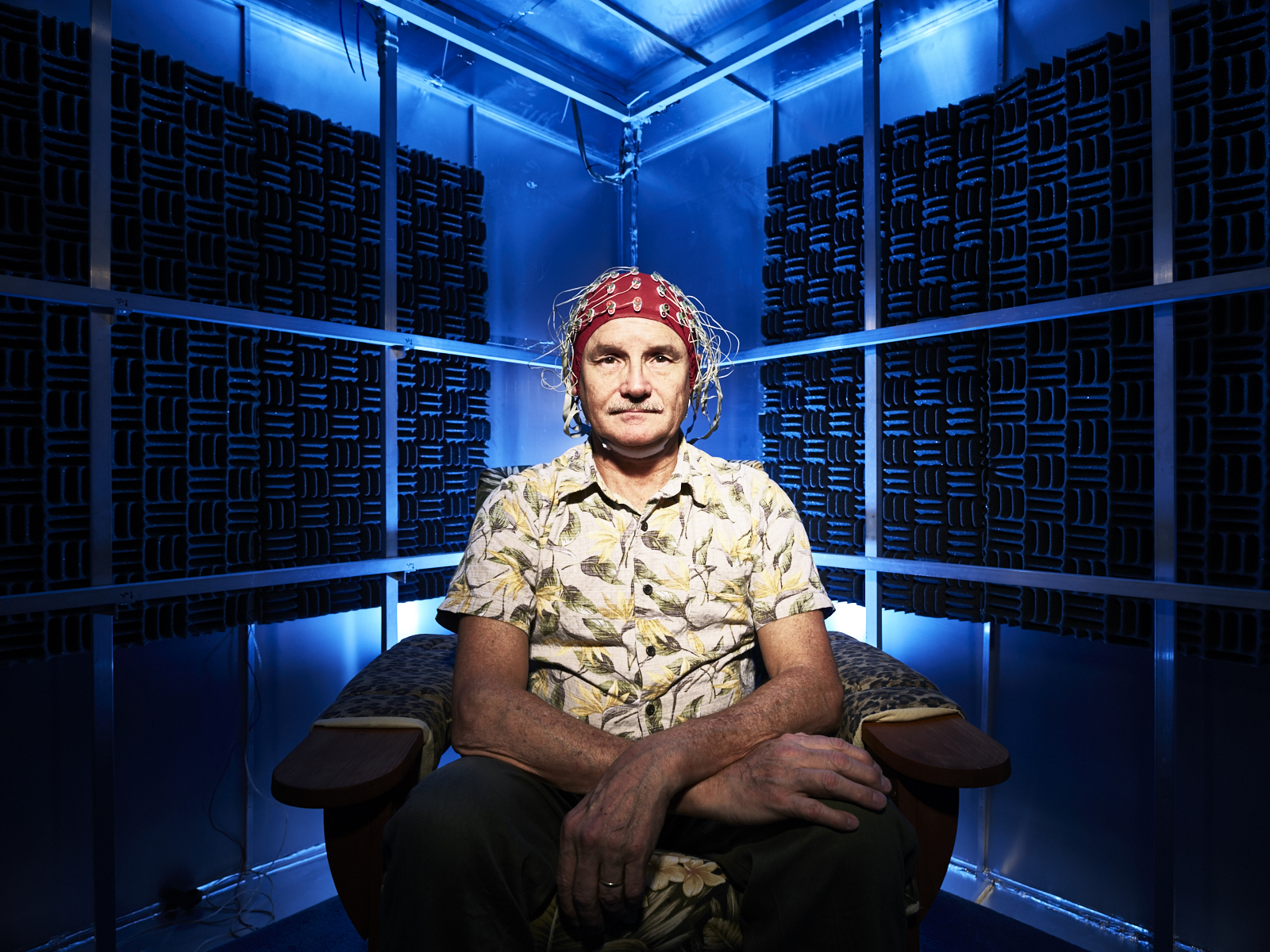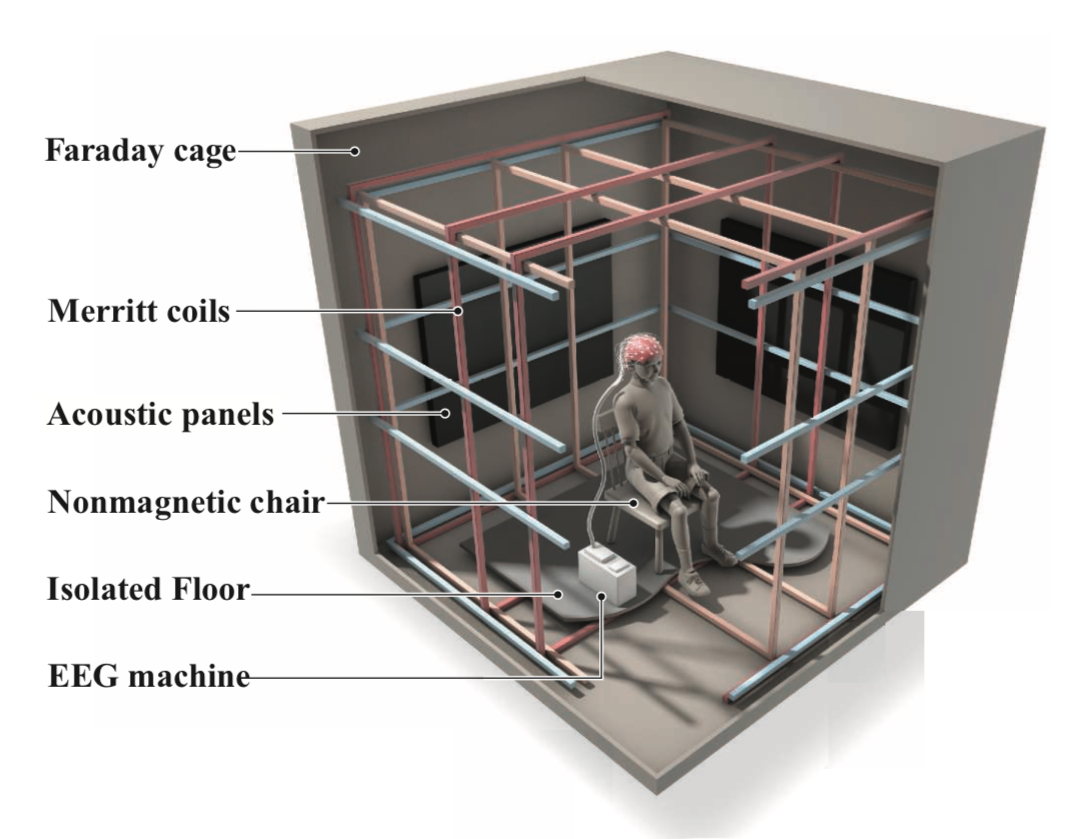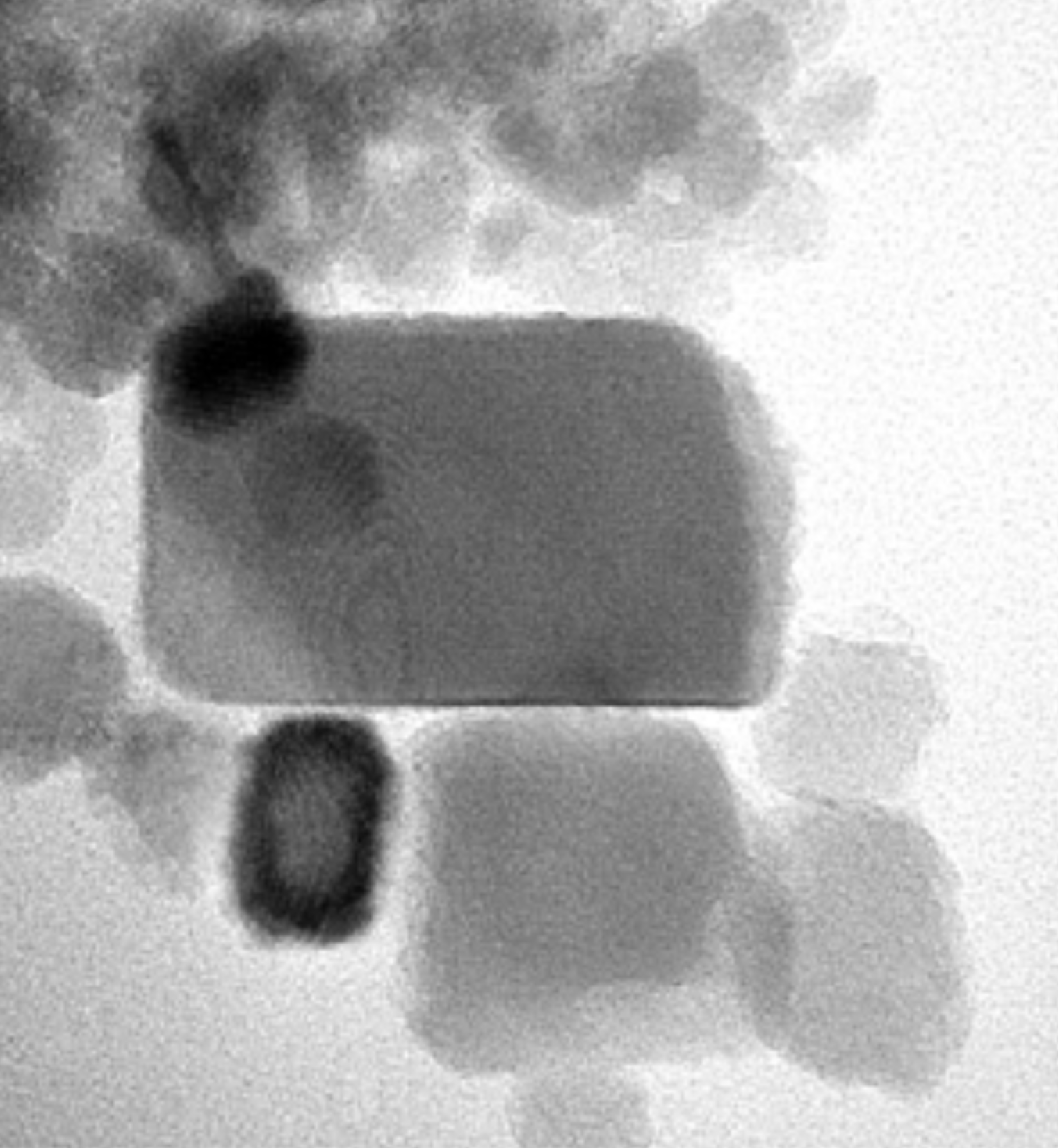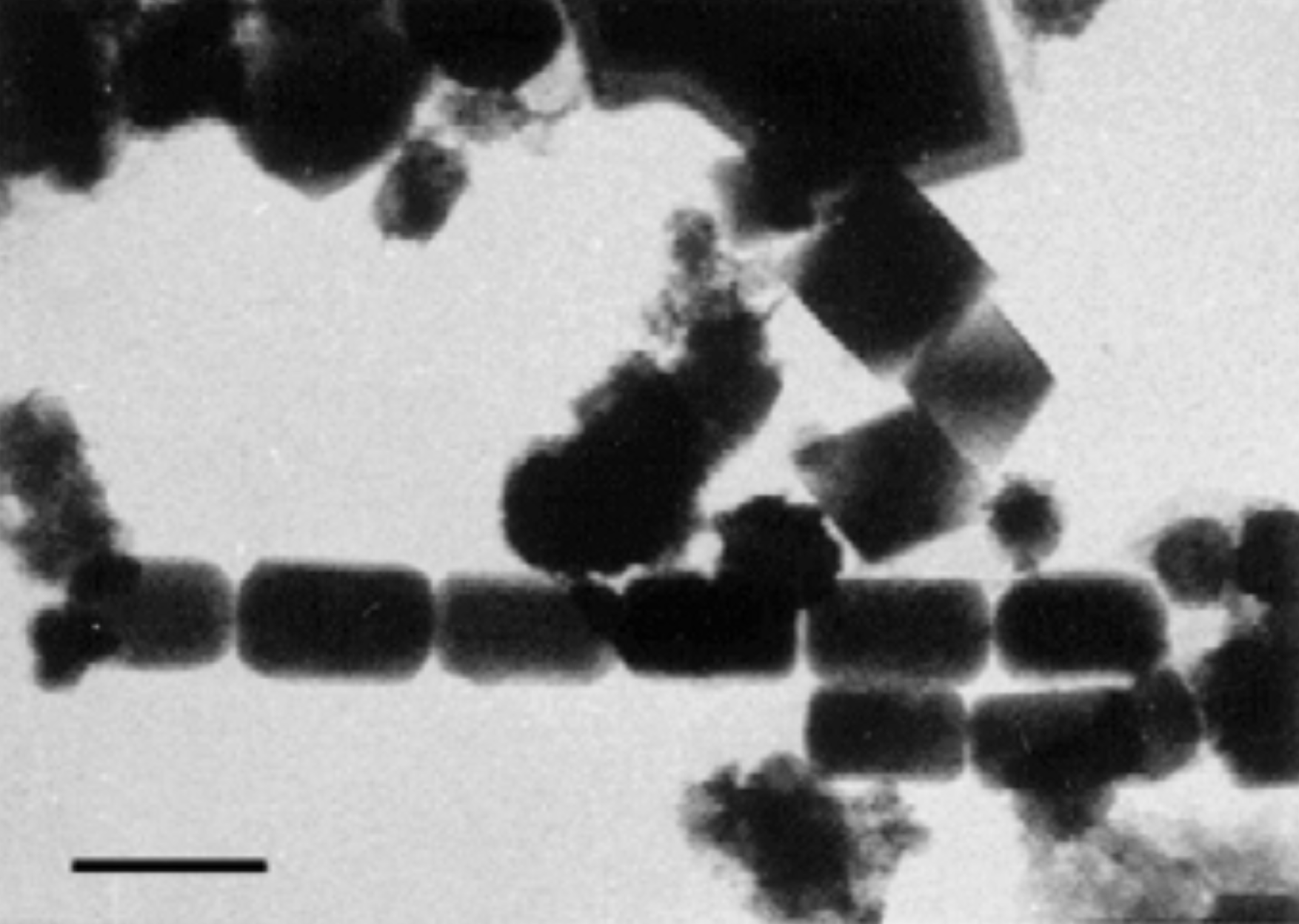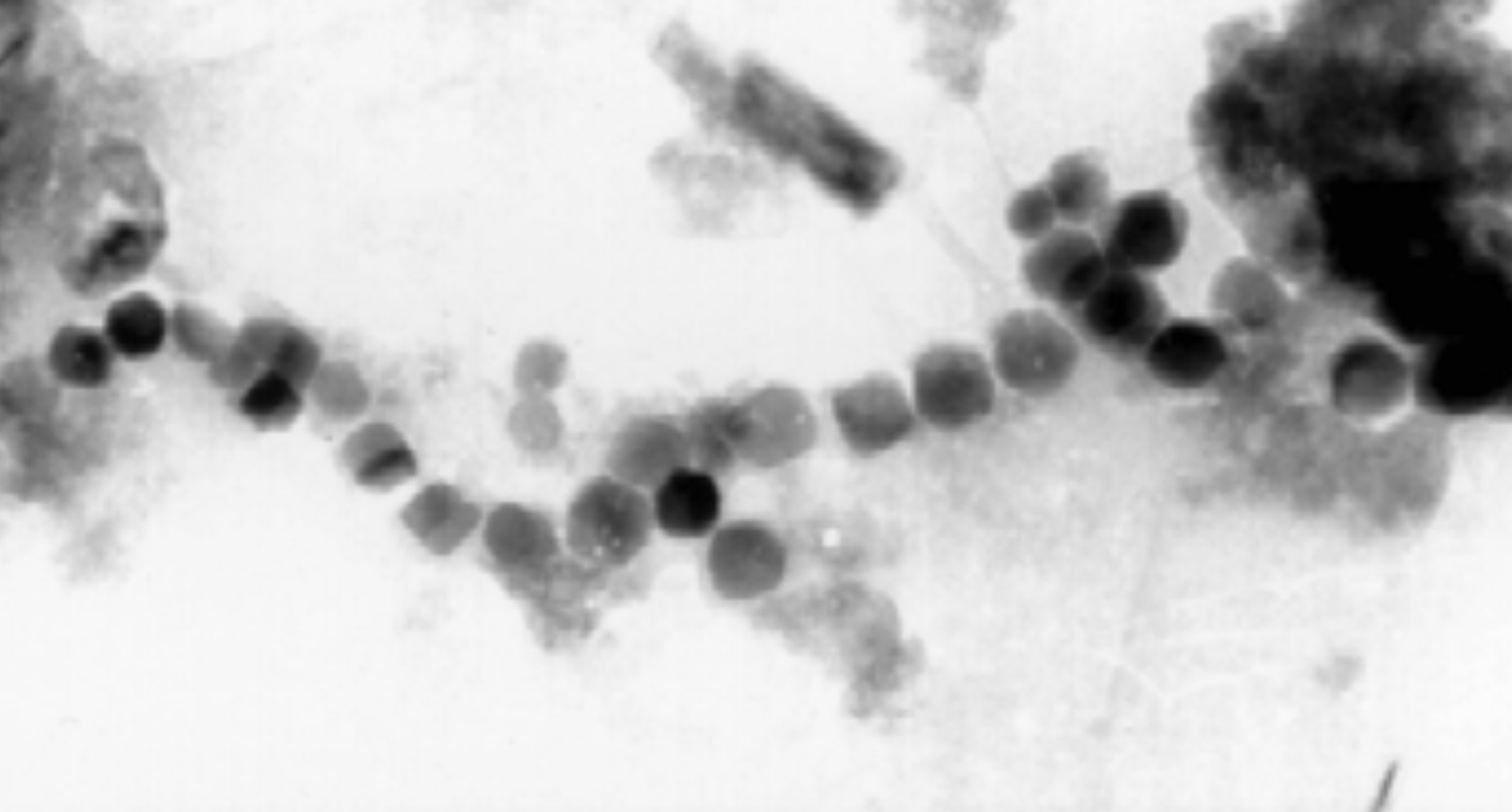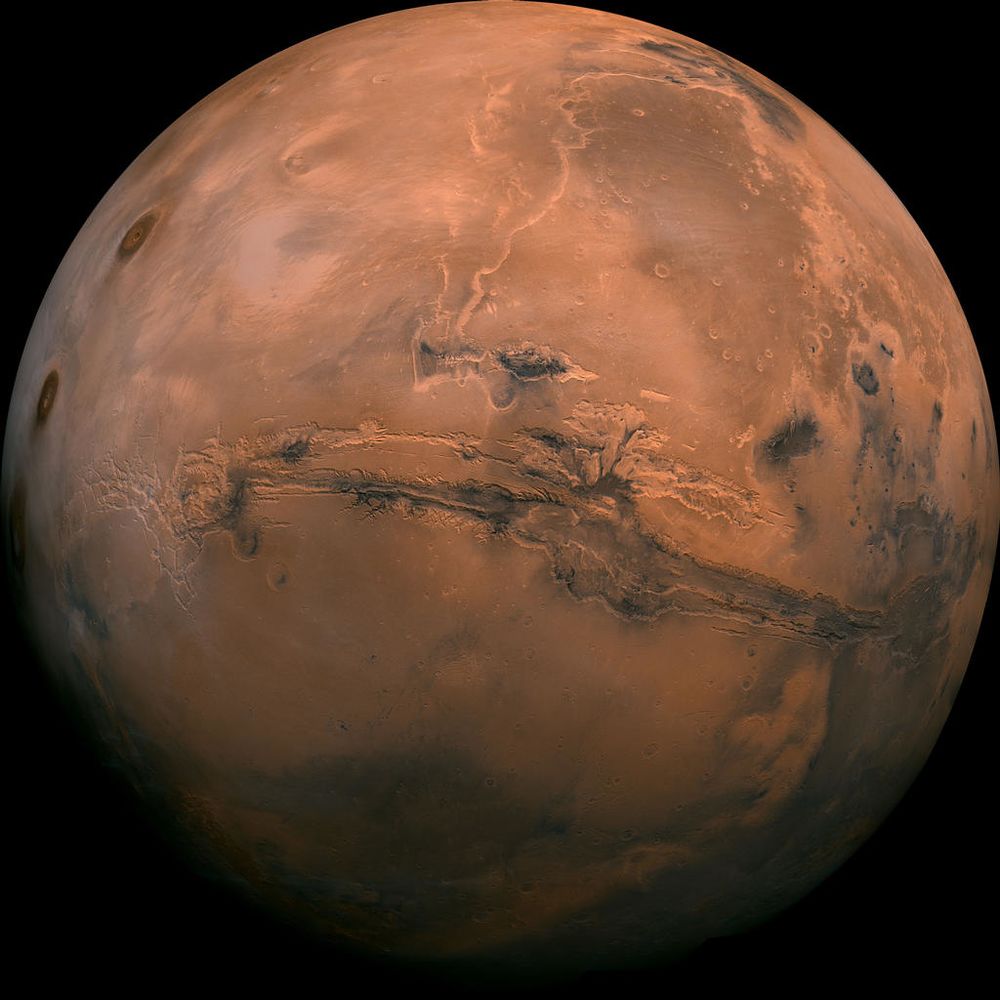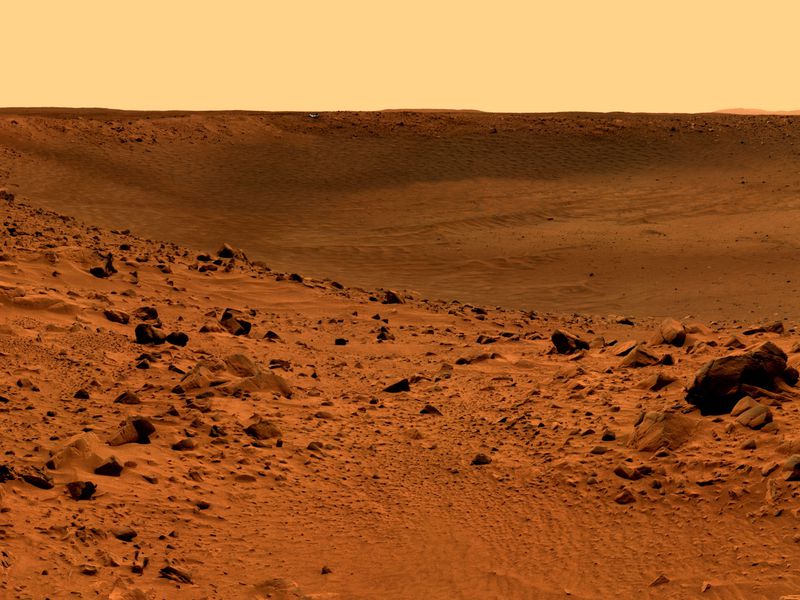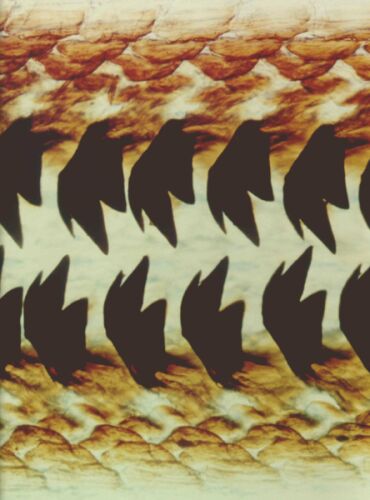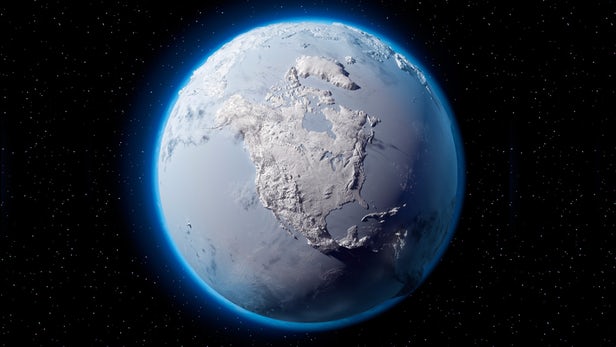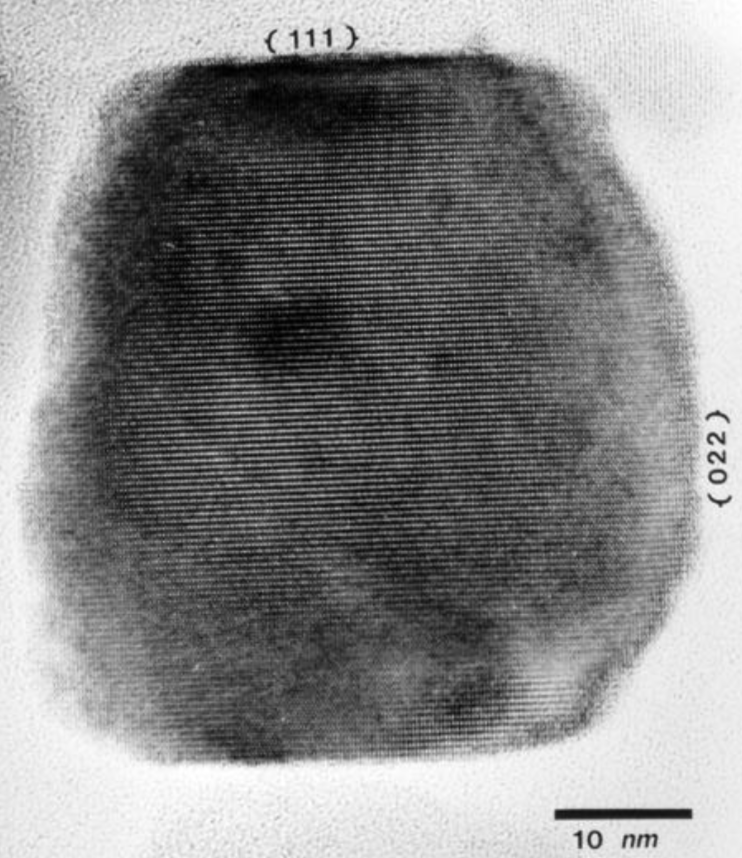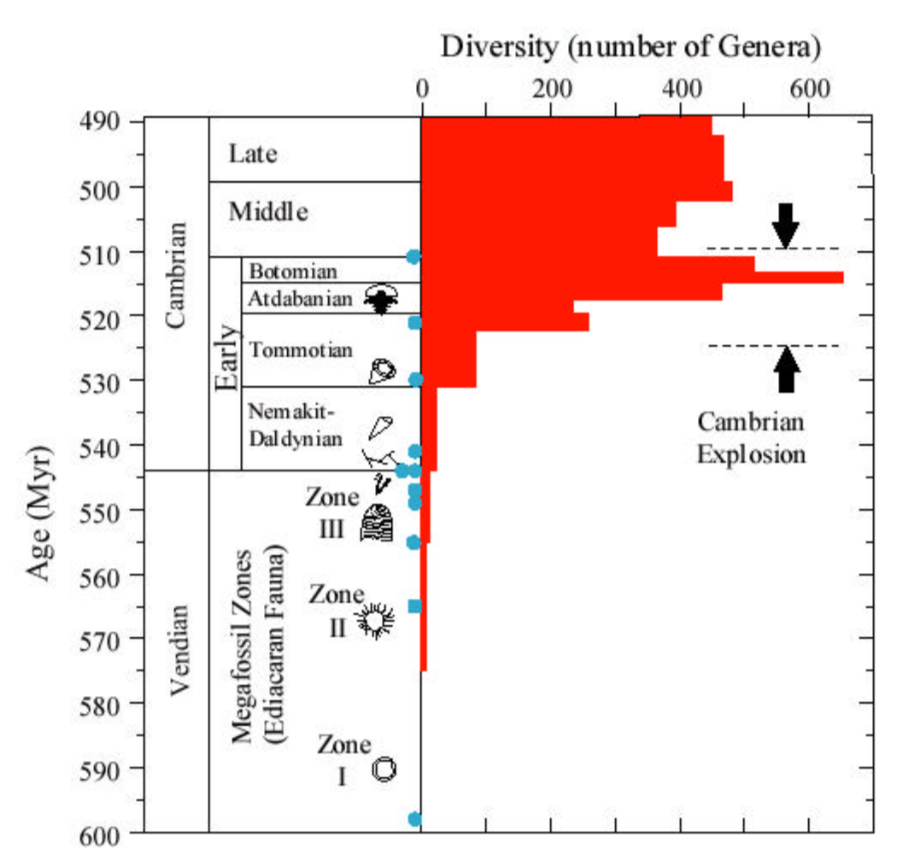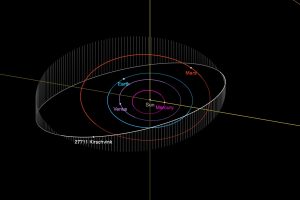Science progresses by a process called hypothesis testing, which involves proposing an idea and then subjecting it to experimental tests. However, someone has to initially propose scientifically plausible hypotheses for this process to work. Prof. Kirschvink has originated several such ideas aimed at increasing our understanding of how biological evolution has influenced, and has been influenced by, major events on the surface of the Earth. In more-or-less chronological order, the major contributions include:
The idea that the magnetic field sensitivity in animals might be due to small chains of the same biogenic magnetite functioning as specialized sensory organelles; this work has provided a solid biophysical basis for understanding magnetic effects on animal behavior, and has actually led to the discovery of candidate sensory organs in higher animals.
Click to read more about magnetite-based magnetoreception.
Click to read more about the magnetofossils, from Mars to Earth?
An idea that is generating much interest recently is that the entire Earth may have actually frozen over several times in Earth history, resembling a “Snowball”, potentially causing some of the most severe criseses is history of life on Earth and perhaps stimulating evolution.
Click to read more about The Snowball Earth Hypothesis. (Possibly the worst climatic disasters in Earth history)
Another original concept is that the Cambrian Evolutionary explosion may have been precipitated in part by large burst of true polar wander, in which the Earth’s rotational axis moved to the equator in a geologically short interval to of time. Take a look at an animation of the Cambrian Evolutionary Explosion, and the Inertial Interchange True Polar Wander Hypothesis.
And, that the burst of biomineralization observed in the fossil record at the Cambrian Explosion may have resulted from the evolutionary exaptation of the magnetite biomineralization system. A common thread in all of these efforts is the study of paleomagnetism and rock magnetism, for which the Kirschvink group maintains laboratories dedicated to the study of weakly magnetic biological and geological materials.
Click to read more about The Grand Unified Theory of Biomineralization
Click here for the current location of Asteriod 27711 Kirschvink, a member of the Phocaea family with an unusually high eccentricity, orbiting between Mars and Jupiter, with a magnitude of 15, about 3 km in diameter.
Professor Joe Kirschvink is also known as the real Iron Man!. Joe has found crystals of magnetite in the human brain that closely resemble those found in certain bacteria.
Prof. Kirschvink delivered the Carl Sagan Memorial Lecture at the 2001 American Geophysical Union Fall meeting in San Francisco.
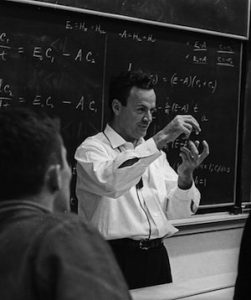
Caltech’s Joseph Kirschvink Receives Feynman Prize for Excellence in Teaching

Joe won the William Gilbert Award from the American Geophysical Union!!
 It’s part of our evolutionary history.
It’s part of our evolutionary history.
Magneto reception may be the primal sense.
Joe Kirschvink

